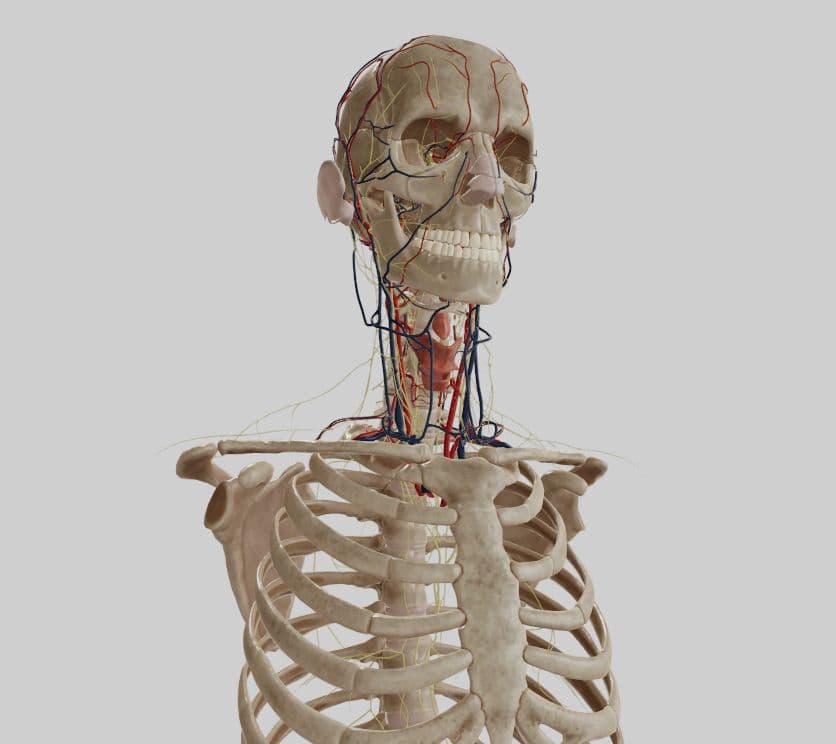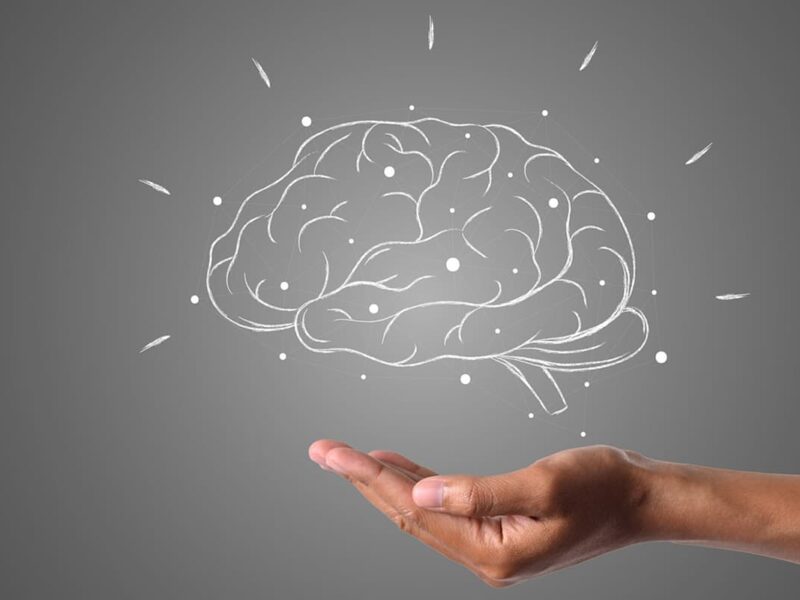Learning vast quantities of medical information, especially anatomy, pathology and physiology, becomes extremely overwhelming when trying to memorize all the body systems and their intricate functions. Medical studies challenge even the brightest minds with multifaceted biomedical vocabulary, complex structural relationships, and countless disease mechanisms.
Fortunately, the right techniques can transform this mountain of information into manageable, memorable knowledge — making learning faster, smoother, and even enjoyable.
The following list includes ten proven methods that maximize your memory performance for anatomy together with pathology and physiology information.
How to Memorize Anatomy: 10 Shortcuts to Success
1. Use Active Recall (Test Yourself!)
Passive reading and highlighting are ineffective for long-term retention. Instead, actively test your memory by:
- Using flashcards (digital apps like Anki or physical ones).

Anatomy flashcard from Quizlet
- Covering labels in anatomy diagrams and trying to recall structures.
- Explaining concepts out loud without looking at notes.
Why it works: Active recall forces your brain to retrieve information, strengthening neural pathways.
2. Spaced Repetition (Study Smarter, Not Harder)
Cramming leads to quick forgetting. Spaced repetition involves reviewing material at increasing intervals:
- Use apps like Anki or Quizlet to schedule reviews.
- Revisit difficult topics more frequently.
- Explore expert-reviewed medical references like the VOKA Wiki.
Example: Study a topic today, then in 2 days, then a week later.
3. Visual Learning with Diagrams, Mnemonics & Interactive 3D Models
Our brains remember images better than text. Boost retention with:
- Labeled anatomy diagrams (Netter’s Atlas is great).
- Color-coding (e.g., arteries in red, veins in blue).
- Mnemonics for lists (e.g., “Some Lovers Try Positions That They Can’t Handle” for carpal bones: Scaphoid, Lunate, Triquetrum, Pisiform, Trapezium, Trapezoid, Capitate, Hamate).
- Interactive 3D visualization (VOKA 3D Anatomy provides free access to 200+ medically accurate 3D models for immersive learning).

Head and neck nerves in 3D from VOKA 3D Anatomy & Pathology app
4. Break Down Complex Topics into Smaller Chunks
Instead of overwhelming yourself with entire systems:
- Divide physiology into smaller processes (e.g., break down renal physiology into filtration, reabsorption, secretion).
- Study anatomy region by region (e.g., upper limb before lower limb).
5. Teach Someone Else (Feynman Technique)
If you can’t explain it simply, you don’t understand it well enough.
- Teach a friend, study group, or even an imaginary student.
- Simplify complex terms into plain language.
Bonus: Teaching reveals gaps in your knowledge.
6. Use Analogies & Real-Life Applications
Relate abstract concepts to everyday experiences:
- Heart = a pump (physiology).
- Kidneys = a coffee filter (filtration).
- Action potential = a domino effect (neurophysiology).
7. Link Pathology to Anatomy & Physiology
Instead of memorizing diseases in isolation:
- Connect pathology to anatomical structures and physiological disruptions.
- Example: Myocardial infarction (pathology) → Blocked coronary artery (anatomy) → Ischemia & hypoxia (physiology).
8. Listen to Audio Resources
Turn downtime into study time:
- Medical podcasts (“The Curbsiders Internal Medicine Podcast”).
- Record yourself summarizing topics and replay them.
9. Draw & Label Repeatedly
Drawing improves visual and motor memory:
- Sketch anatomy from memory, then check accuracy.
- Redraw pathways (e.g., Krebs cycle, coagulation cascade).
10. Stay Consistent & Use Interleaving
- Short, daily study sessions beat last-minute cramming.
- Interleaving: Mix topics (e.g., study cardiac anatomy + related pathologies in the same session).
To sum up
Medical students should avoid facing pain during memorization of anatomy or pathology or physiology. Using active recall with spaced repetition and mnemonics alongside teaching will enable faster learning as well as improved retention. Test the aforementioned learning techniques until you discover the best strategy while keeping in mind that steady practice leads to success.
Do not underestimate the importance of sleep exercise and nutrition since they make your brain perform at its peak when your body remains healthy.
Bonus Tip: Don’t neglect sleep, exercise, and nutrition — your brain performs best when your body is healthy!


